To help you to feeling clean and safe, we provide a section of cleaning advice for your home. We provide ways of cleaning and disinfecting different types of surfaces to help you clean your furniture. Cleaning and disinfecting high-touch surfaces in your home on a regular basis is also crucial precaution to take in order to reduce the risk of infection.
Surfaces that are simple to disinfect and clean
Door handles, tables, chairs, handrails, kitchen and bathroom surfaces, taps, toilets, light switches, mobile phones, computers, tablets, keyboards, remote controls, gaming controllers, and favorite toys are all examples of high-touch surfaces that need to be cleaned frequently.
As a minimum, frequently touched surfaces should be wiped down twice a day, and one of these should be at the beginning or the end of the working day. Cleaning should be more frequent depending on the number of people using the space, whether they are entering and exiting the setting and access to handwashing and hand-sanitizing facilities. Cleaning of frequently touched surfaces is particularly important in bathrooms and communal kitchens.
When cleaning surfaces, it is not necessary to wear personal protective equipment (PPE) or clothing over and above what would usually be used.
Cleaning and Disinfecting Different Types of Surfaces
Soft surfaces
For soft surfaces such as carpet, rugs, and drapes
- Clean the soft surfaces (carpets, rugs, and drapes) with soap and water or with cleaners made for use on these surfaces. To have more information about cleaning your rugs based on their materials they’re made, you can click here
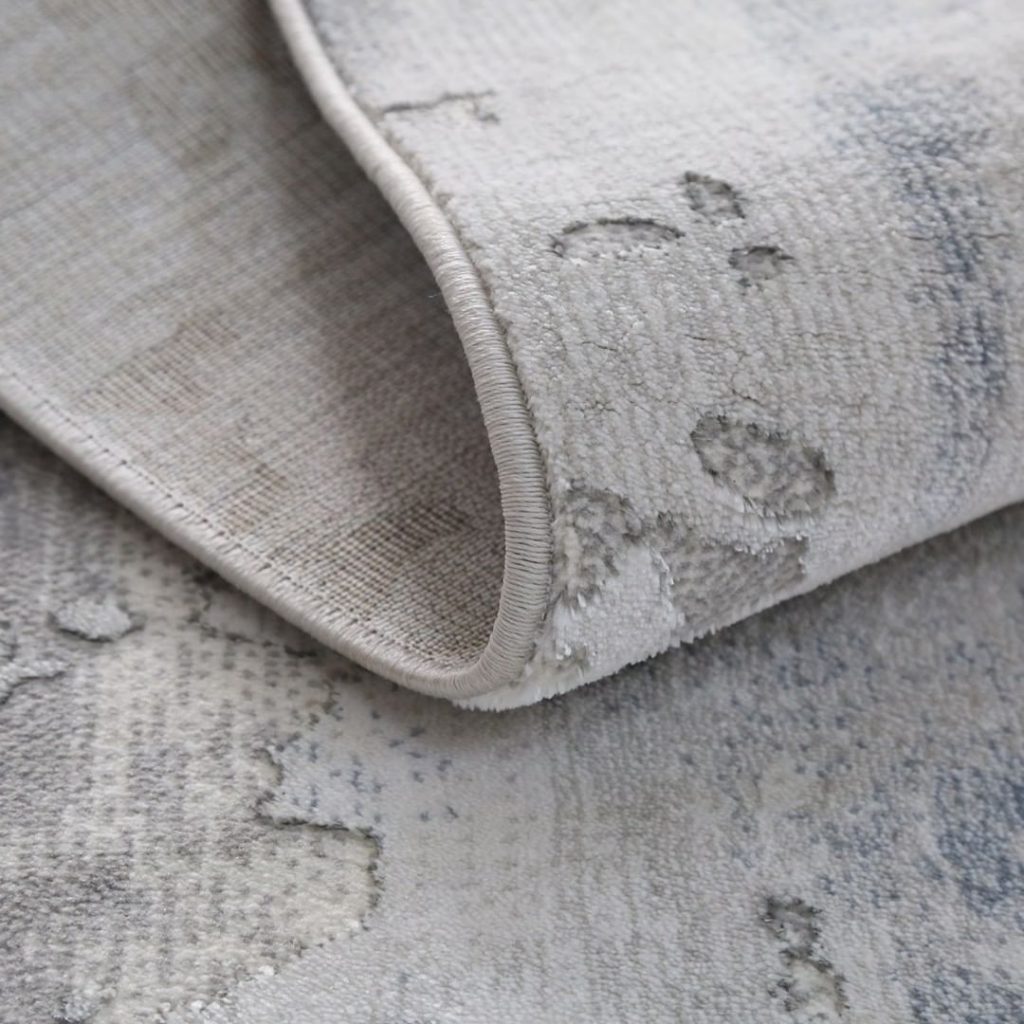
- Launder items (if possible) using the warmest appropriate water setting and dry items completely.
- Vacuum as usual. Dust with a vacuum cleaner’s soft brush attachment or with a soft, long-handled broom with synthetic fibers. If vacuuming an area occupied by a sick person or someone positive for COVID-19 in the last 24 hours, wear a mask when vacuuming.
- Disinfect using an EPA List N product for use on soft surfaces, if needed.
How to Clean Upholstery
To properly clean fabrics, first identify your fabric type:
Crypton
How to Clean: Ordinary spills should be blotted and cleaned up with clean water and a sponge. Use a powdered enzyme detergent diluted with water to remove tough stains, then brush, blot, and rinse. Although bleach is not required or advised, a highly diluted solution can be used if necessary.
Apply a few drops of water to syrupy stains (e.g., cola, cough syrup) for 5 to 15 minutes, then brush, blot, and rinse. Use a powerful water-based cleanser to remove ink, marker, or crayons. Use rust removers for ballpoint ink. For gum, use ice to harden it, then scrape it off with a dull scraper and a diluted powdered enzyme detergent. For oily stains, use oil and grease removers and quickly wipe off. Follow up with a powdered enzyme detergent diluted with water and rinse.
Vinyl
How to Clean: Clean with a warm water and mild soap solution. Strong solvents can severely damage or discolor vinyl, which is designed to tolerate daily cleanings with basic all-purpose cleaners.
Leather Upholstery
How to Clean: Vacuum crevices and dust with a soft, white cloth dampened with water and a little dish soap. Test before using saddle soap or another leather cleaner, which may remove some color
Solid Wood
How to Clean: Wipe the tables with a moist cloth and then dry them promptly. Abrasive cleaning chemicals including ammonia or other solvents should be avoided (e.g., paint thinners, turpentine). If the furniture is filthy, a mix of warm water, vinegar, and about five drops of dish soap can be used to clean and disinfect it.
Remove dust and protect using a soft cloth and non-abrasive furniture polish. Avoid polish build-up by applying furniture polish sparingly to a soft cloth and gently wiping wood surfaces.
Thermolaminated
How to Clean: Clean thermolaminated tabletop with a warm water and soap solution. Wipe in a vertical motion with light pressure using a clean cotton or microfiber towel.
Cleaning agents/detergents should not contain solvents (e.g., paint thinners, turpentine), abrasive detergents (e.g., baking soda), furniture polish or denatured alcohols (e.g., white spirit). Avoid using a cleaner in combination with a brush or scouring pad.
Laminate
How to Clean: Clean the laminated top or surface with warm water and liquid dishwashing soap. For stubborn stains, use a home cleaner that is appropriate for use on wood objects. Bleach and abrasive cleaners should be avoided because they may void the product’s warranty.
Granite
How to Clean: Use a damp cloth for daily cleaning, and use a mild detergent, like dish soap, for deep cleaning.
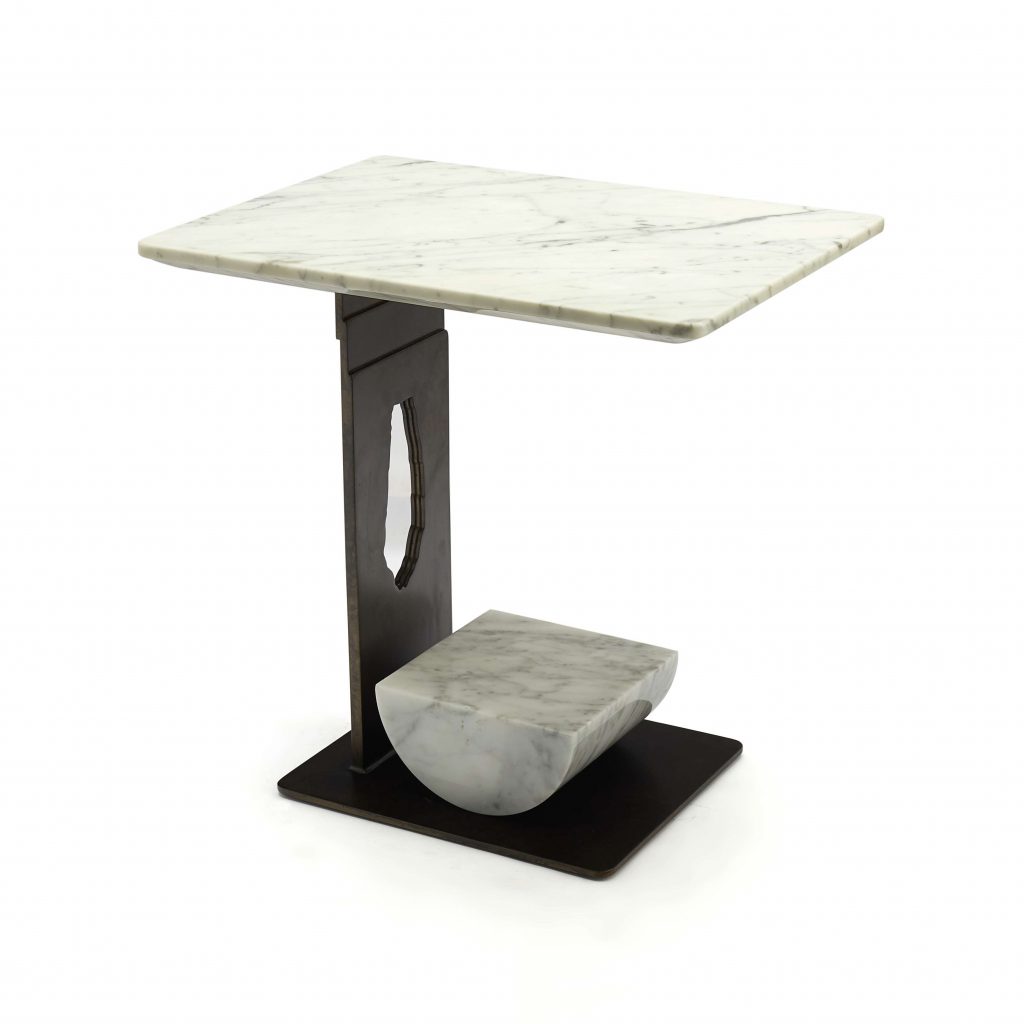
Metal & Aluminum
How to Clean: To clean metal and aluminium surface, use warm water and mild soap. A non-corrosive cleaner (such as glass cleaner) will work well. Use a fine automotive wax to maintain the gloss on non-textured finishes.
Wicker Weave or Resin Wicker
- Outdoor Furniture
How to Clean: For best results, clean regularly with mild detergent and warm water. Cleaning will help prevent mildew by washing out dirt particles that may become trapped. Shake out excess moisture after rinsing and allow to dry thoroughly before storing.
Outdoor Seating Cushions
- Outdoor Furniture
How to Clean: Vacuum or brush off any loose dirt or grime from outside cushions on a regular basis, then rinse or spot clean with lukewarm water as needed. Only use cleaning products that are water-based. Use mild detergents to avoid damaging the material’s water resistance.
Source: unicef.org, cdc.gov, gov.uk, oregonlive.com, communitymedical.org, directsupply.com
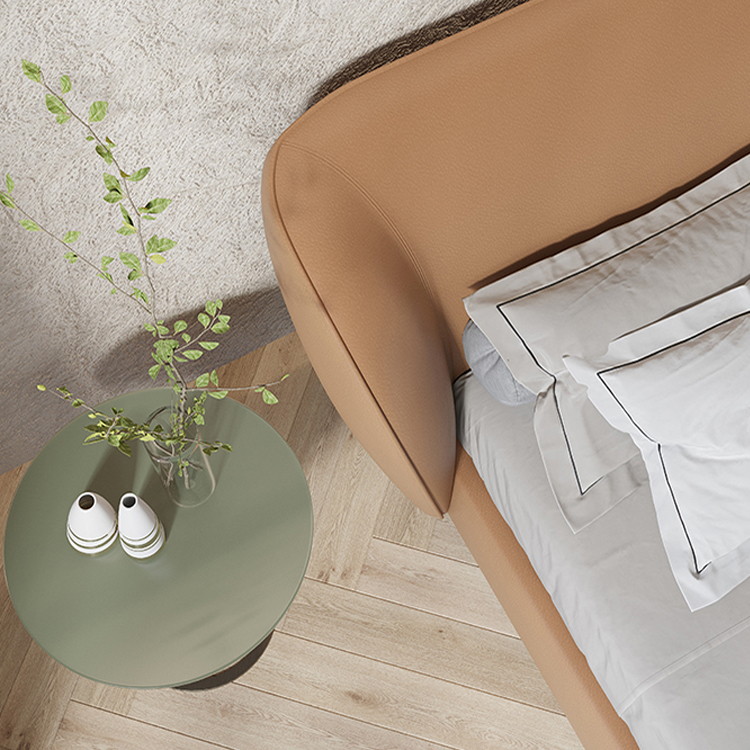
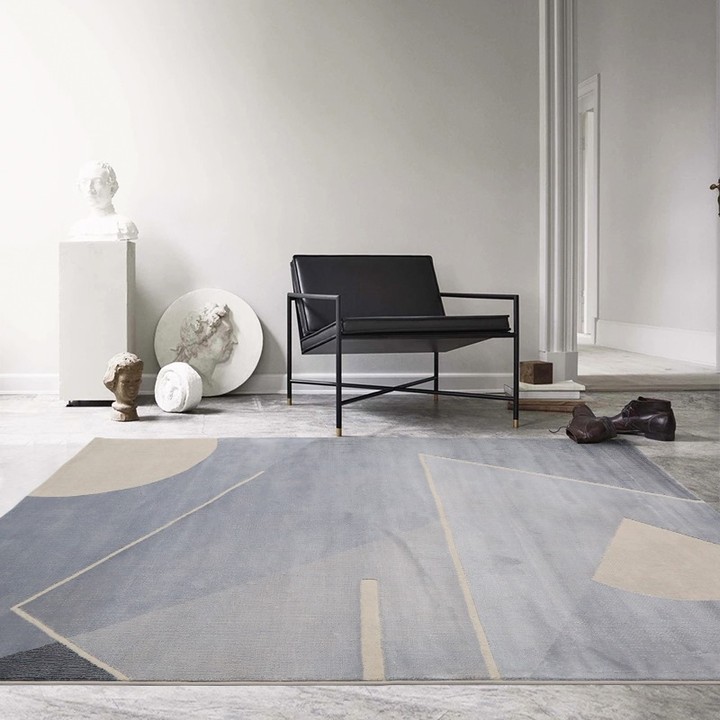
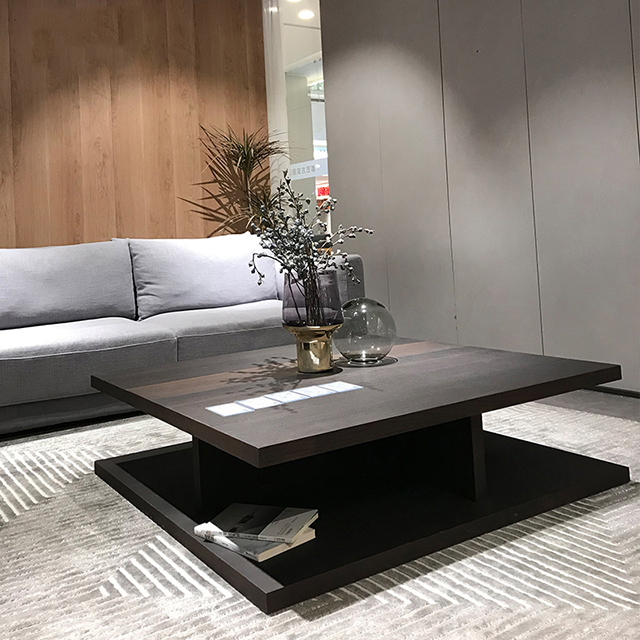



 No products in the cart.
No products in the cart.